National Parks and Other Protected Areas
Iceland is full of unique natural features. The geologically young island sits on the Mid-Atlantic Ridge tectonic plate, which separates the Eurasian and the North American plates. This results in molten lava from beneath the Earth´s crust constantly pushing upwards making Iceland volcanically active. Being located on the northern hemisphere adds icing to the cake, with large glaciers and gushing glacier rivers sculpting the country in cooperation with volcanos, bubbling geothermal pools and spouting geysers. Adding to the mixture there are vast fields of moss, black sand, lava fields, numerous waterfalls, lush wetlands, as well as birch forests and mineral rich springs.
The Icelandic government is committed to protect and secure sustainable use of these unique natural assets. Currently around 25% of the country is under a formal protection in either national parks or other protected area categories. Some of those areas are of international importance, like the large Vatnajökull National Park, Surtsey and Thingvellir National park which have been recognized as UNESCO World Heritage sites, and the important bird area Mývatn-Laxá, which is a Ramsar site.
What is a protected area?
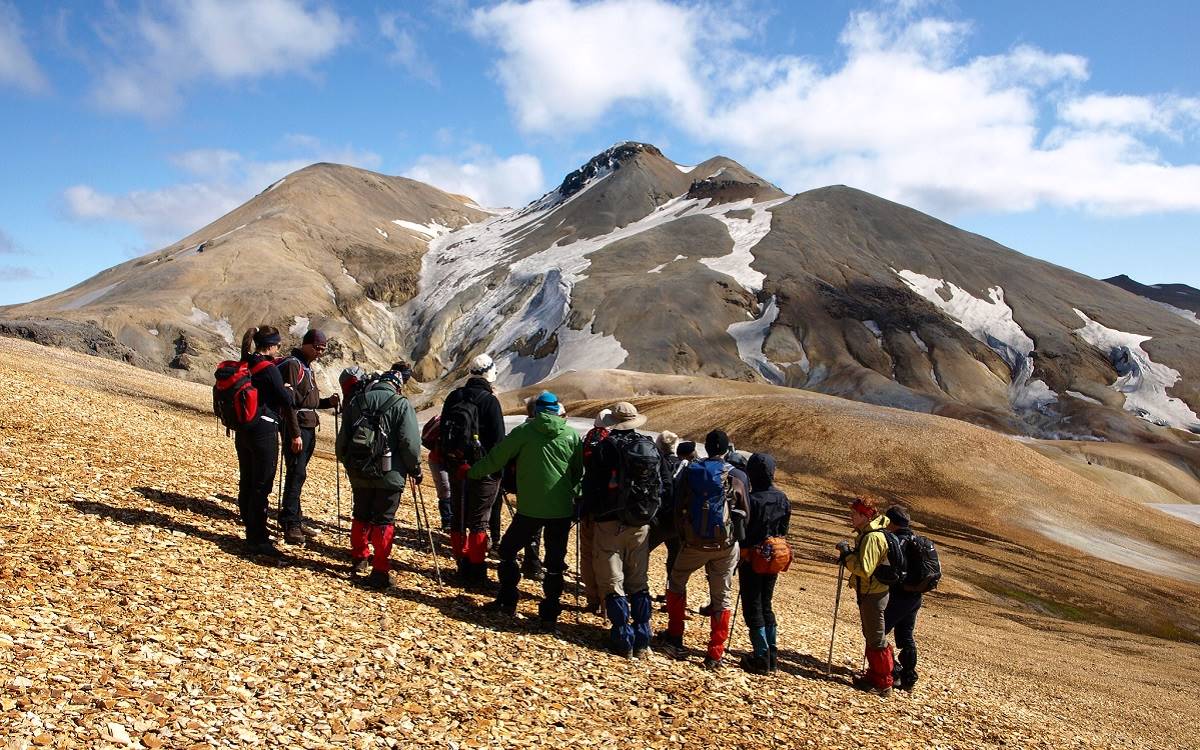 Protection helps ecosystems to develop on their own terms, they hinder the disturbance of geological formations and contribute to the preservation of natural beauty. There are different protected area categories to which different rules apply regarding general conduct, traffic, camping etc. More
Protection helps ecosystems to develop on their own terms, they hinder the disturbance of geological formations and contribute to the preservation of natural beauty. There are different protected area categories to which different rules apply regarding general conduct, traffic, camping etc. MorePlans for a highland park
The Government plans on establishing a national park in the central highlands of Iceland in already protected areas and glaciers in public lands by amending the Act on Vatnajökull National Park. More
International cooperation
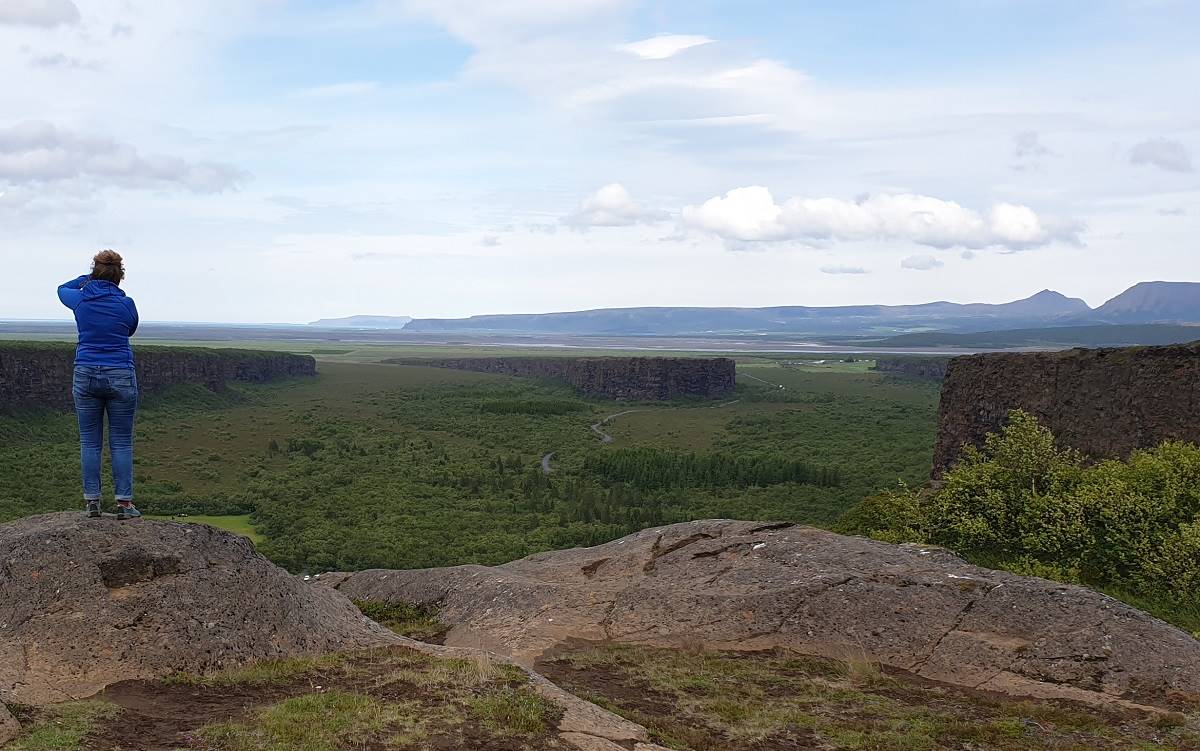
Iceland has ratified several international conventions on nature conservation, such as the World heritage convention and the Ramsar convention on wetlands, and participates in various other international platforms regarding protected areas. The Nordic countries cooperate on nature protection matters as well. More
Snæfellsjökull
National Park
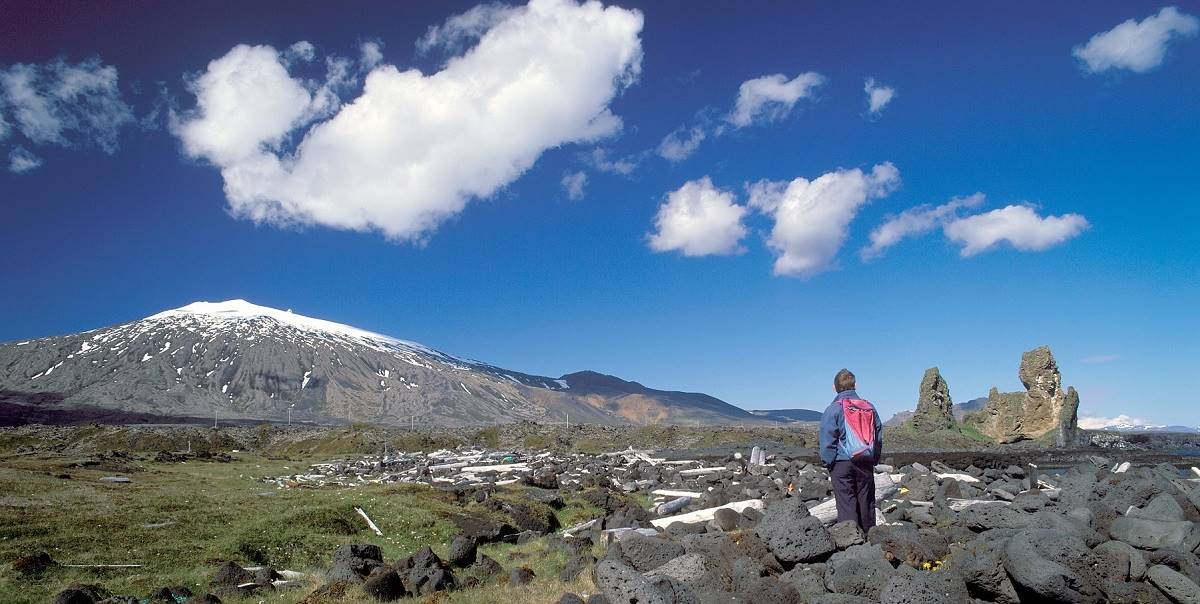 Snæfellsjökull National Park is located at the edge of Snæfellsnes in the West part of the country. The main attraction is Snæfellsjökull glacier that has shaped the landscape from the top of the mountain glacier to the ocean.
Snæfellsjökull National Park is located at the edge of Snæfellsnes in the West part of the country. The main attraction is Snæfellsjökull glacier that has shaped the landscape from the top of the mountain glacier to the ocean.
Vatnajökull
National Park
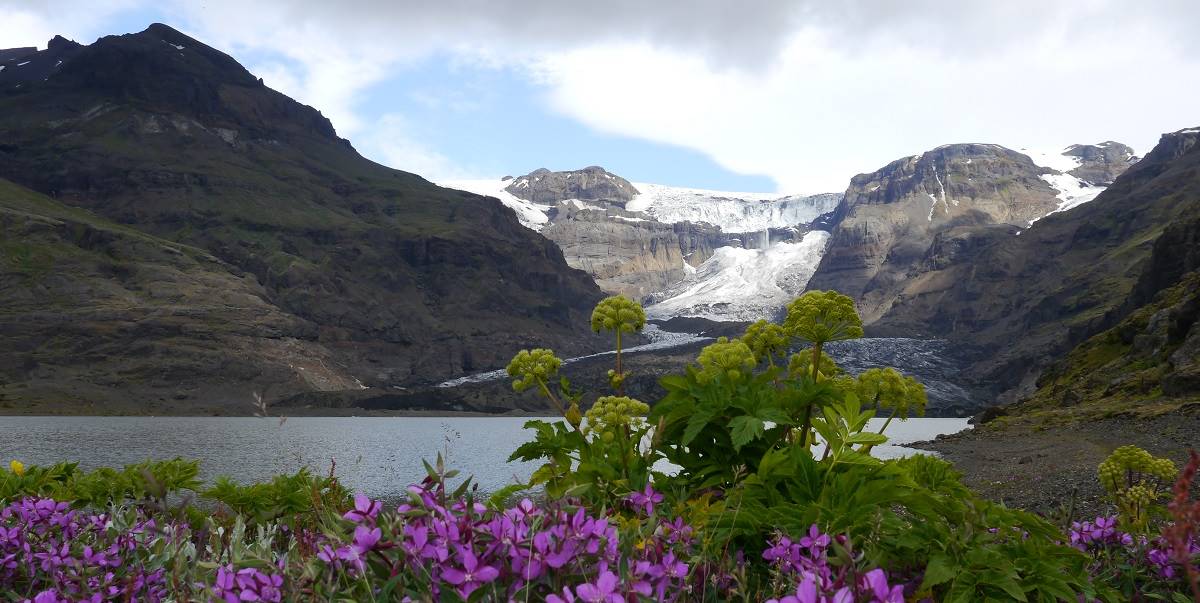 Vatnajökull National Park covers 14% of Iceland and is listed as UNESCO World Heritage site. It has spectacular landscapes, volcanos, glaciers, deserts and delicate vegetation as well as cultural remains and high service level.
Vatnajökull National Park covers 14% of Iceland and is listed as UNESCO World Heritage site. It has spectacular landscapes, volcanos, glaciers, deserts and delicate vegetation as well as cultural remains and high service level.
Thingvellir
National Park
At Þingvellir the geology and ecosystem of Þingvallavatn form a unique whole. Alþingi, the oldest Parliament in the world was founded there in 930. Þingvellir National Park is listed as UNESCO World Heritage site.
Other
Protected Areas
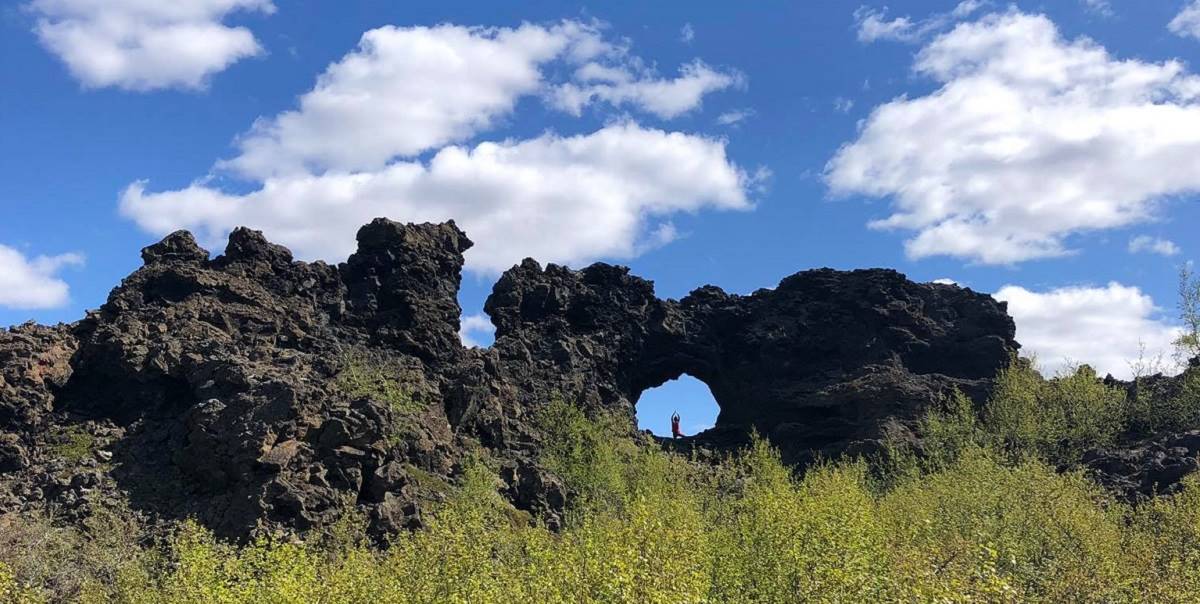 There are more than 120 protected areas in Iceland. These areas vary from being large terrains to smaller and more specific sites. Those not under the auspices of the National Parks fall under the Environment Agency.
There are more than 120 protected areas in Iceland. These areas vary from being large terrains to smaller and more specific sites. Those not under the auspices of the National Parks fall under the Environment Agency.
